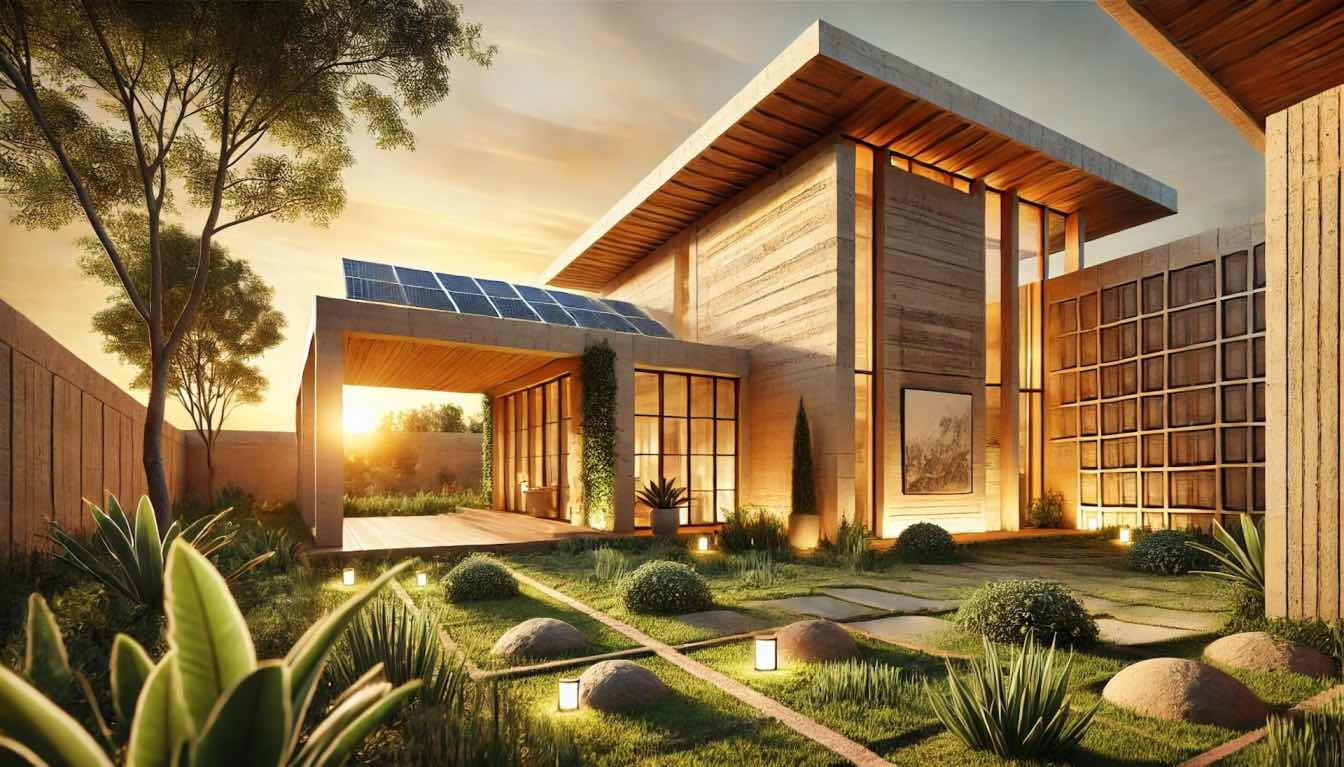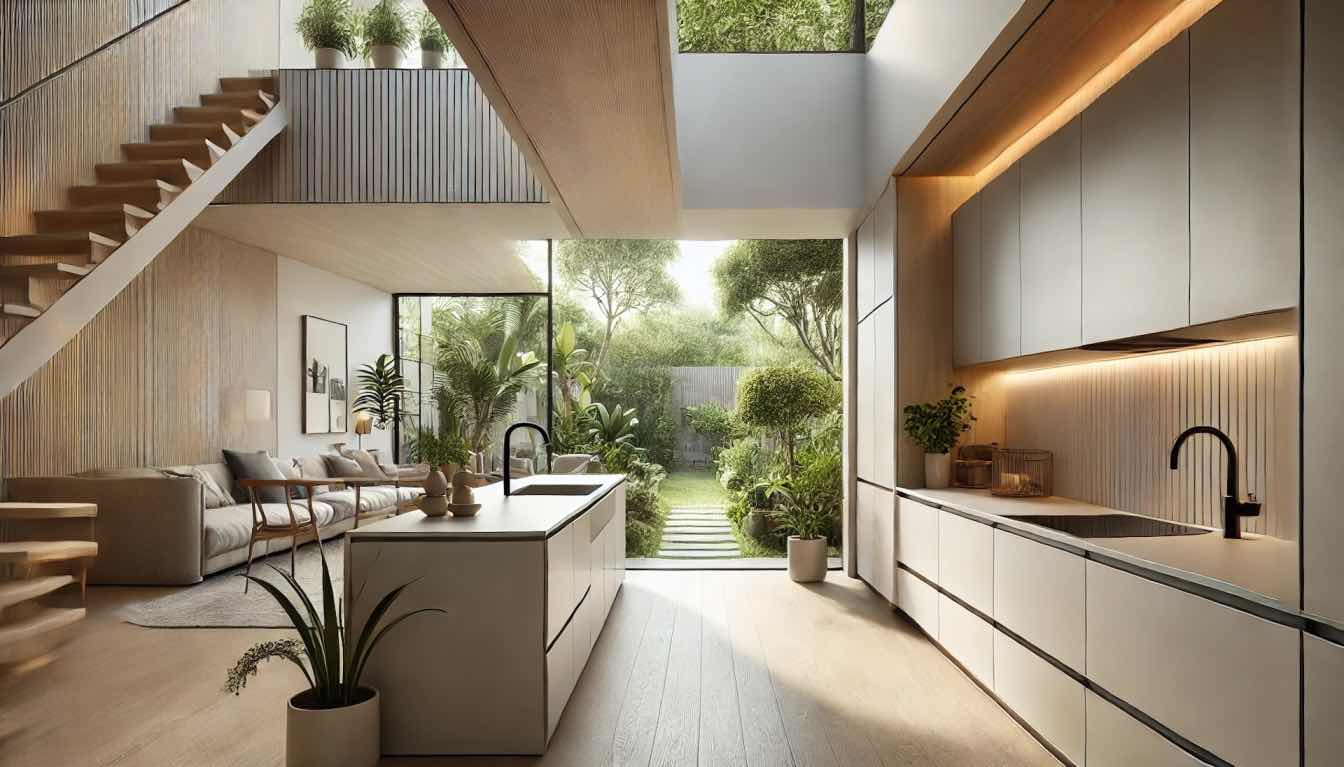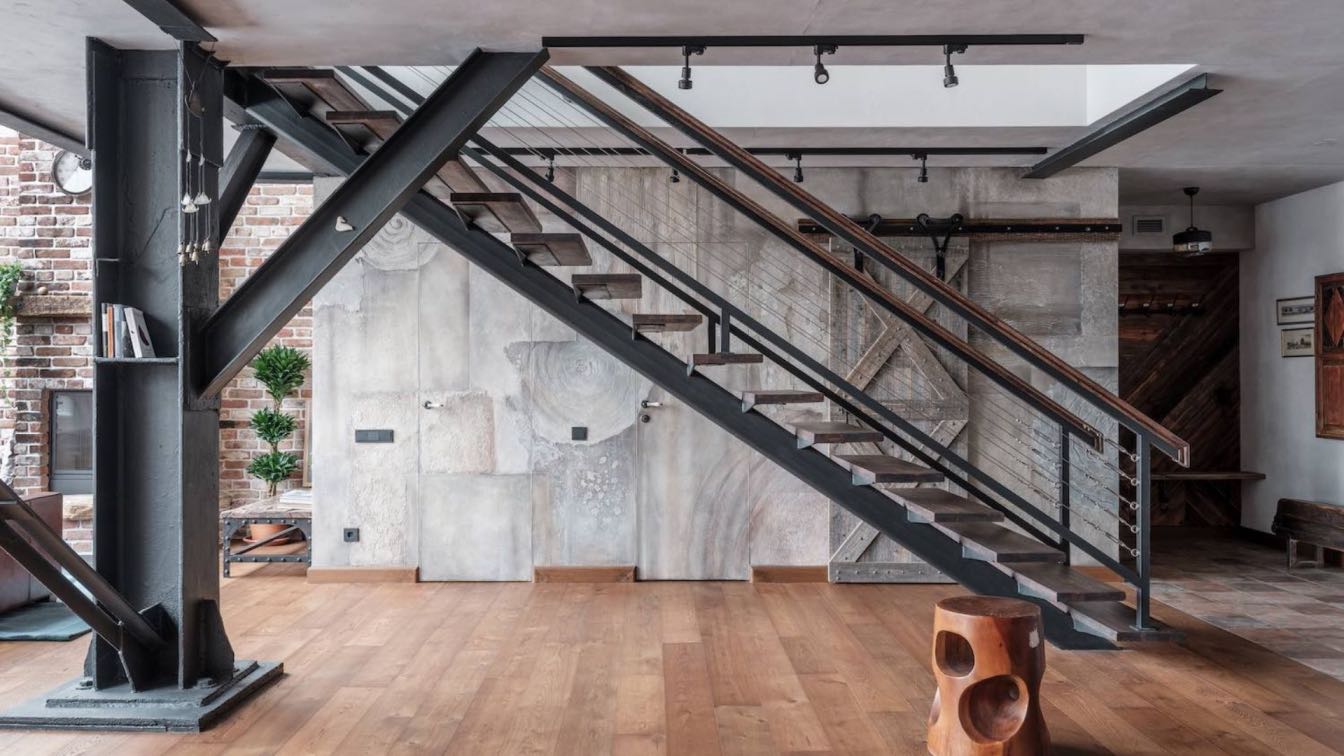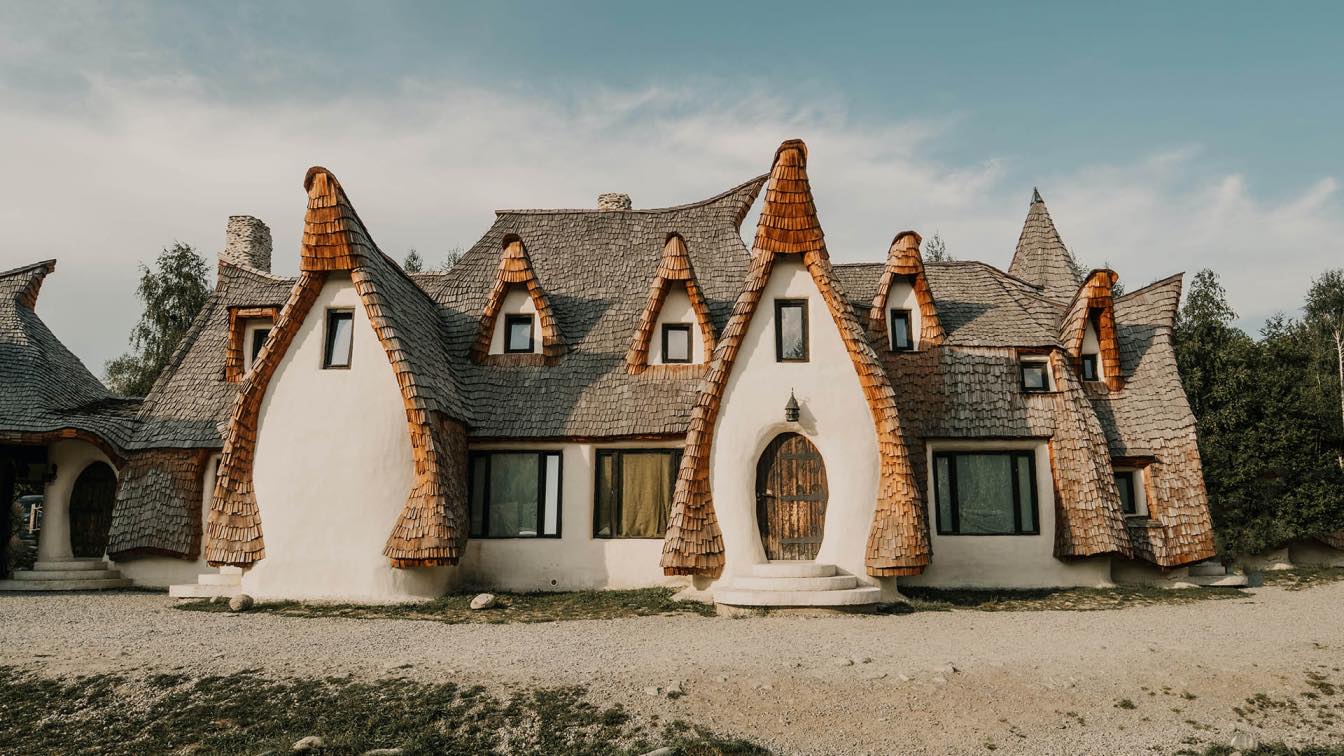In the landscape of contemporary architecture, a resurgence of ancient methodologies adapted for modern sustainability demands has marked a significant evolution in design perspectives. Among these, the renaissance of rammed earth construction stands out for its combination of traditional wisdom and cutting-edge sustainability. This revival is a nod to architectural heritage and a forward-thinking approach to eco-friendly building practices, energy conservation, and aesthetic diversity in the 21st century.
Historical Context and Evolution
Rammed earth construction has a rich heritage spanning millennia, with origins across various civilizations, including China, the Middle East, and Europe. Valued for its thermal mass and material availability, it has historically adapted to diverse climatic conditions, as seen in structures like the Great Wall of China and the ancient mosques of Africa's Sahel region. During the Roman Empire, the technique further evolved, spreading throughout Europe and adapting to local soil conditions.
In its modern form, rammed earth retains its durability and sustainability while incorporating technological advancements like pneumatic ramming and moisture-resistant additives such as lime or cement. Contemporary designs often include energy-efficient glazing, solar panels, and green roofs, merging traditional methods with modern sustainable practices.
Modern Enhancements in Rammed Earth Technology
Stabilization Techniques
Modern rammed-earth buildings benefit from stabilization methods that improve structural integrity and weather resistance. Incorporating a small percentage of cement or lime into the mix significantly enhances the material's durability without compromising its environmental benefits.
Thermal Efficiency
One of the most appealing aspects of rammed earth is its exceptional thermal mass, which makes buildings energy efficient. The dense walls store heat during the day and release it at night, reducing the need for artificial heating and cooling. Recent innovations include the integration of insulation layers within the walls, further optimizing energy performance.
Seismic Reinforcement
One of the critical advancements in modern rammed earth technology addresses the seismic resilience of structures. In regions prone to earthquakes, traditional rammed earth, despite its many benefits, required adaptation to meet the rigorous demands of seismic safety. Modern techniques involve incorporating reinforcing elements, such as bamboo, steel rebar, or geogrids, within the rammed earth walls. These reinforcements are strategically placed in layers during construction, significantly enhancing the structure's ability to withstand seismic forces. This approach has opened new avenues for rammed earth construction in areas previously considered unsuitable, offering a sustainable building solution without foregoing safety standards.
Architectural Versatility
Rammed Earth's aesthetic and architectural capabilities have expanded dramatically with modern technology. Contemporary rammed earth construction can achieve a wide range of textures, colors, and finishes by carefully selecting and mixing different soil and natural pigments. This versatility allows architects and designers to explore creative expressions and integrate cultural or contextual significance into the fabric of the buildings. Moreover, modern construction methods have created more complex and daring architectural forms with rammed earth, including curved walls, intricate detailing, and large-span structures. This evolution from purely functional to highly aesthetic applications demonstrates rammed earth's growing role in the architectural landscape, pushing the boundaries of sustainable design.
Modern architects leverage video editor technology and occasionally an AI voice generator to enhance presentations that vividly illustrate rammed earth's sustainable benefits and unique aesthetic qualities. This deep engagement frequently involves utilizing a video compressor to ensure that the high-quality visual content is easily shareable and accessible without compromising on detail or clarity, thus making it an indispensable tool in effectively showcasing rammed-earth projects. The coupling of innovative digital technologies with traditional building methods emphasizes rammed earth's visual and functional appeal and reaffirms the material's enduring significance in future sustainable architecture.
Sustainable Architecture and Environmental Benefits
Rammed earth construction embodies the principles of sustainable architecture through its minimal environmental impact. The materials are usually sourced locally, reducing transportation emissions and promoting local economies. Furthermore, the absence of synthetic materials and the low energy requirement for manufacturing contribute significantly to a construction's overall green footprint.
Sustainable Architecture and Environmental Benefits
Its embodiment of sustainable design principles is central to the resurgence of rammed earth in modern architecture. The technique is distinguished by its minimal environmental footprint, making it a pinnacle of green construction practices:
Local sourcing: The primary material in rammed earth construction is the earth itself, often sourced directly from the site or its immediate vicinity. This locale-centric approach substantially reduces transportation emissions from bringing materials to the site, thereby supporting local economies and minimizing the project's carbon footprint.
Low energy production: Unlike conventional building materials such as concrete or brick, rammed earth requires a significantly lower amount of energy for production. The process, primarily manual or with minimal mechanization, involves compacting layers of damp earth in formwork. This simplicity in manufacturing not only conserves energy but also limits the release of carbon dioxide, reinforcing the construction method's sustainability.
Synthetic material reduction: Rammed earth construction inherently reduces the reliance on synthetic materials and chemicals. The walls are constructed from natural earth, occasionally stabilized with minimal natural additives like lime or a small percentage of cement. This approach contrasts sharply with other construction methods that depend heavily on processed materials, promoting a healthier living environment and reducing toxic waste.
Biodiversity and Natural Harmony
Rammed earth brings buildings into closer alignment with their natural surroundings, both aesthetically and environmentally:
Harmonious aesthetics: The organic textures and natural colors of rammed earth walls allow structures to blend seamlessly into various landscapes, from desert sands to lush greenery. This integration fosters a unique sense of belonging and harmony with the environment, creating buildings that resonate with the natural context rather than imposing upon it.
Promotion of biodiversity: By opting for a construction method that emphasizes natural materials and processes, rammed earth projects contribute to preserving local habitats and biodiversity. The reduced use of chemicals and synthetic materials means less disruption to the local flora and fauna, promoting an ecological balance and enhancing the site's natural beauty.
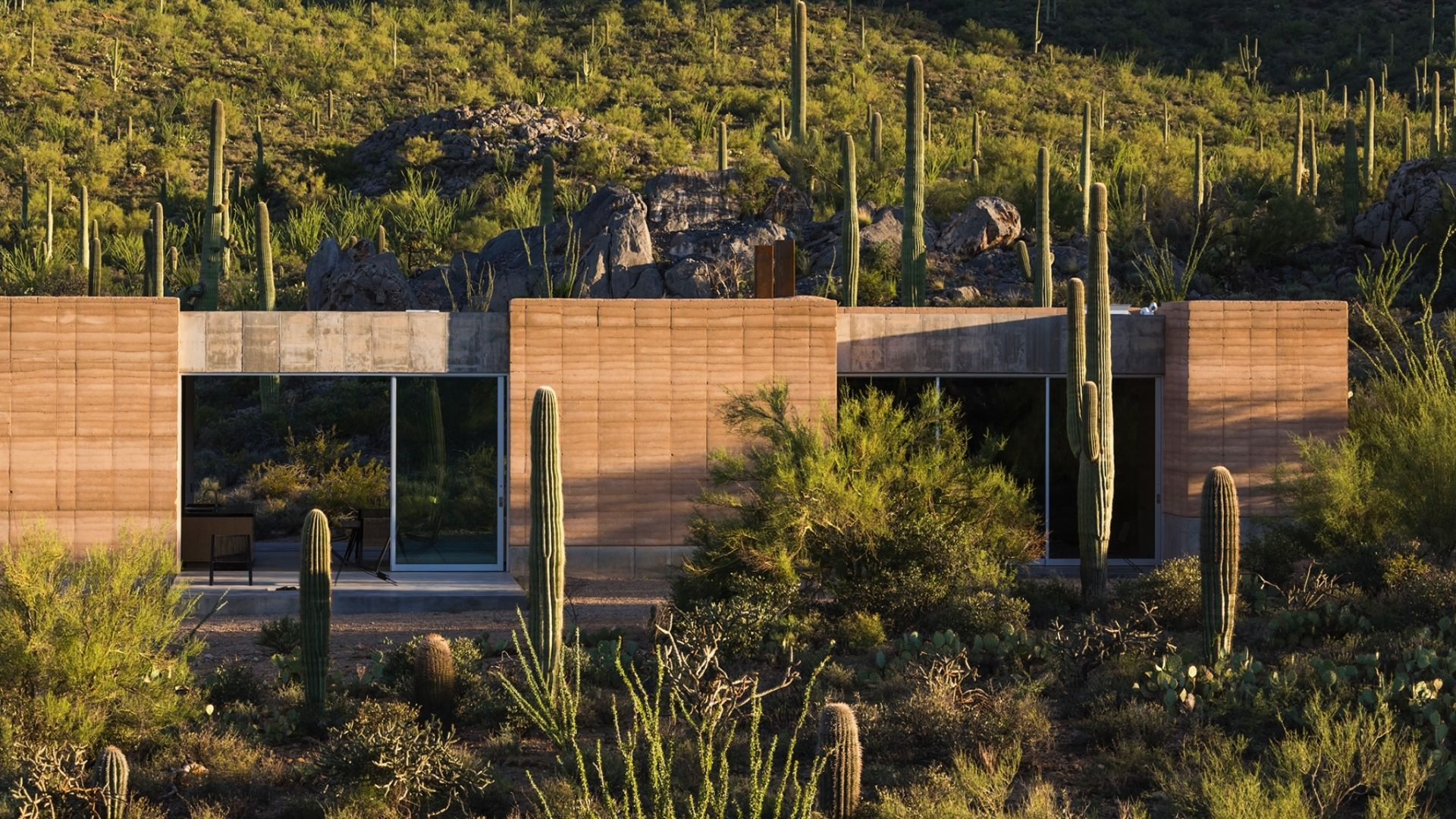 image © Bill Timmerman / Studio Rick
image © Bill Timmerman / Studio Rick
Challenges and Solutions
Despite its numerous environmental and aesthetic benefits, rammed earth construction faces notable barriers. These include compliance issues with regulatory frameworks and a general lack of specialized knowledge. To enhance its uptake, focused strategies need to be implemented.
Addressing Regulatory Barriers
Advocacy for Inclusion: Lobby for integrating rammed earth guidelines into building codes by demonstrating its safety, sustainability, and durability to regulatory bodies.
Code Development: Collaborate with professionals and agencies to create or refine building codes that support rammed earth construction, ensuring regulations reflect its benefits.
Bridging the Knowledge Gap
Education and Training: Launch educational programs, workshops, and certification courses to cultivate expertise in rammed earth construction among architects, builders, and engineers.
Promotion and Awareness: Increase awareness about rammed earth's advantages through media, industry events, and showcasing successful projects to stimulate interest and demand.
These efforts aim to overcome current obstacles through strategic advocacy, education, and promotion, paving the way for broader adoption of rammed earth as a sustainable building practice.
Case Studies: Emblematic Projects
Rammed earth is gaining traction in modern architecture due to its sustainability and unique aesthetic. Here are key projects from around the world showcasing its potential:
The Wall House, Portugal: Focused on eco-friendly living, this home uses rammed earth walls for thermal regulation, blending traditional techniques with modern design.
Nk’Mip Desert Cultural Centre, Canada: Located in British Columbia, this cultural center is built from locally sourced rammed earth, enhancing its connection to the Okanagan People's heritage while offering high thermal efficiency.
Tucson Mountain Retreat, USA: This retreat in the Arizona desert employs rammed earth walls for exceptional insulation and aesthetic harmony with its environment.
Australian Islamic Centre, Australia: This center in Melbourne uses rammed earth to create a spiritually uplifting and environmentally-conscious space in a contemporary religious architecture setting.
These projects demonstrate rammed earth's versatility across different climates and settings, proving it as a viable option for modern, sustainable architecture.
Future Directions
The future of rammed earth in sustainable architecture is bright, with ongoing research to enhance its properties and reduce construction costs. As the field continues to evolve, we expect to see more innovative applications pushing the boundaries of design, sustainability, and functionality.
In conclusion, the renaissance of rammed earth in modern architecture is not merely a return to primeval construction methods but a forward-looking adaptation that meets today's sustainability and environmental stewardship demands. With its rich historical roots and promising developments, rammed earth stands at the forefront of eco-conscious design, poised to make a lasting impact on the architectural landscape.

